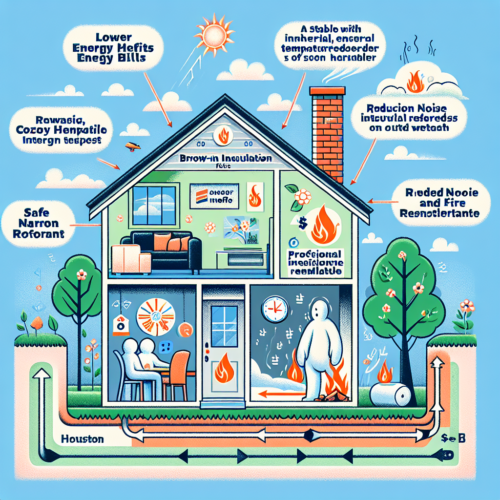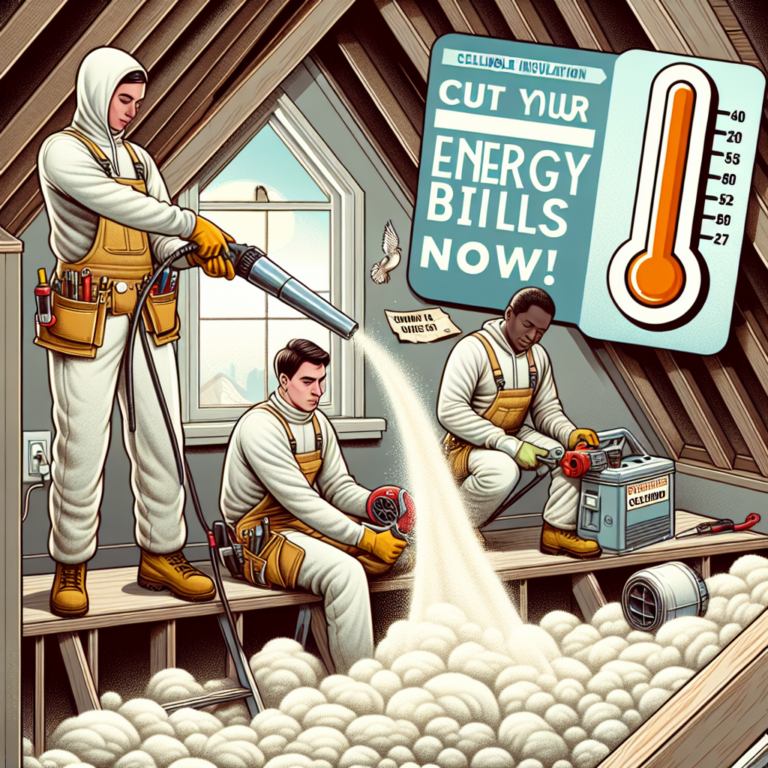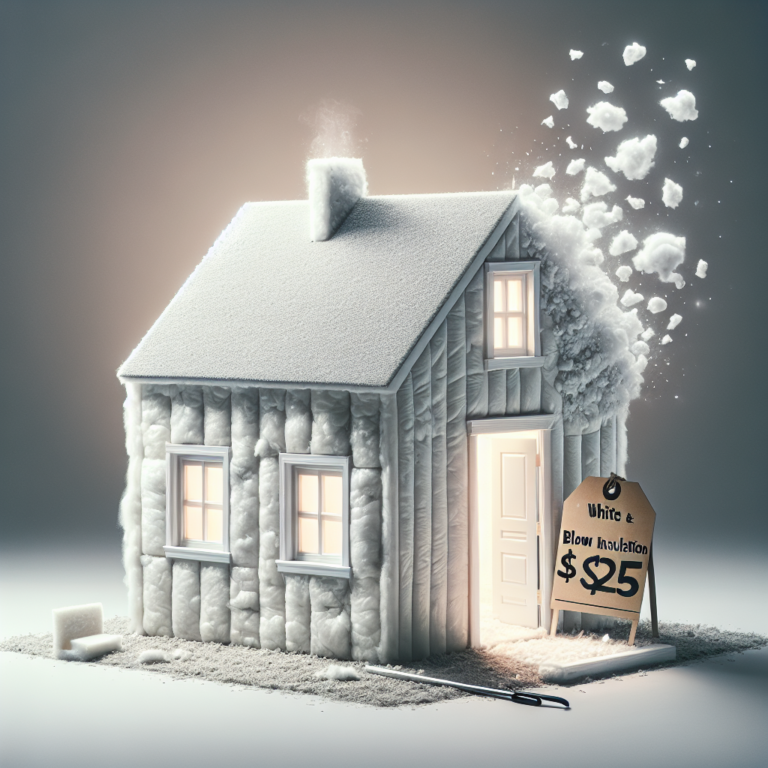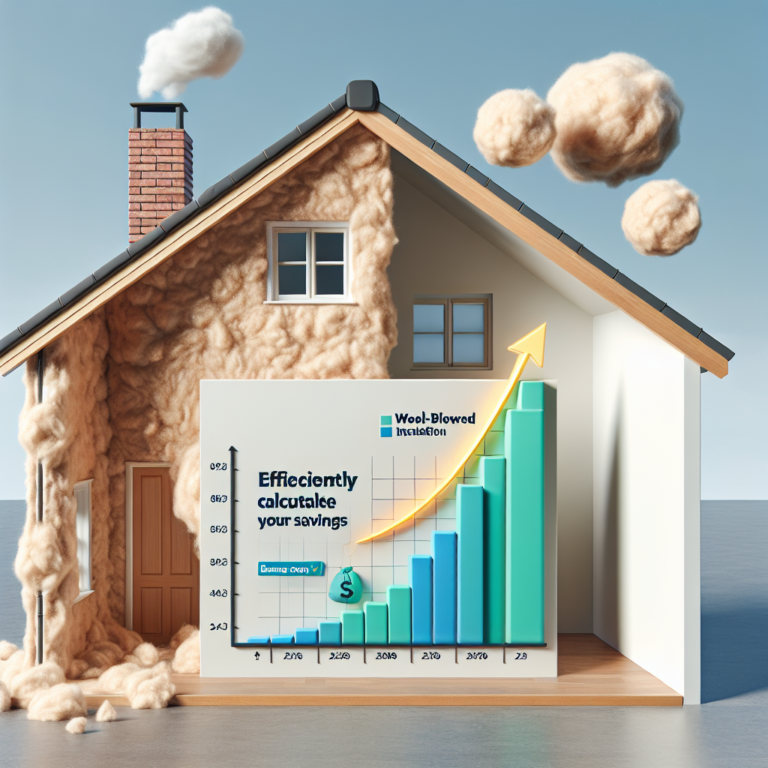Transform Your Home: Attic Insulation in Houston for Energy Savings
Introduction
Upgrading your home with attic insulation in Houston is one of the smartest investments you can make. In a city known for soaring summer temperatures and high humidity, a properly insulated attic acts as a thermal shield, keeping cool air inside and hot air out. Not only does this improve indoor comfort year-round, it slashes energy bills, reduces HVAC strain, and protects your home against moisture damage. In this guide, we’ll walk you through the entire attic insulation process in Houston, explain its energy-saving benefits, and answer common questions so you can transform your home with confidence.
H2: Why Attic Insulation in Houston Matters
• Extreme heat: Houston summers regularly top 95°F, driving air conditioners to work overtime.
• High humidity: Unchecked moisture can lead to mold growth, wood rot, and poor indoor air quality.
• Rising energy costs: Proper insulation reduces cooling load, helping households save up to 20–30% on utility bills.
• Home value boost: Energy-efficient features are strong selling points, improving resale potential.
H2: Understanding the Attic Insulation Process in Houston
A clear roadmap ensures your attic insulation project delivers maximum energy savings and comfort. Here’s what to expect:
H3: Step 1: Inspection and Air Sealing
• Comprehensive assessment: Technicians examine existing insulation depth, check for moisture, mold, or pest damage, and measure current R-value.
• Spotting air leaks: Gaps around plumbing vents, wiring chases, attic hatches, and recessed lighting can allow conditioned air to escape.
• Sealing the shell: Using high-quality caulk, spray foam, and weatherstripping, all leaks are sealed to create an airtight envelope. This step alone can reduce energy loss by up to 15%.
H3: Step 2: Choosing the Right Insulation Material
Houston’s climate demands a material that resists heat gain and moisture intrusion:
• Fiberglass batts — Cost-effective and easy to install in open-joist attics, with R-values up to R-38.
• Blown-in cellulose — Ideal for filling irregular spaces and voids, offering excellent coverage and an R-value around R-40.
• Spray foam — Provides superior air sealing and moisture resistance, with R-values up to R-60; best for tight or unique attic layouts.
Technicians will recommend the appropriate product based on your home’s architecture, budget, and desired R-value (DOE recommends R-30 to R-60 for Houston attics).
H3: Step 3: Professional Installation and Ventilation
• Even distribution: Insulation is installed to the recommended depth and density to achieve the target R-value.
• Ventilation balance: Ridge vents, soffit vents, and attic fans are adjusted or added to ensure continuous airflow, preventing heat buildup and condensation.
• Final inspection: A thorough check confirms that insulation coverage is uniform, air seals are intact, and ventilation pathways are clear.
H2: How Proper Attic Insulation in Houston Enhances Energy Savings
1. Reduced cooling load: By blocking up to 85% of attic heat gain, your air conditioner runs fewer cycles and uses less electricity.
2. Lower HVAC maintenance: With less workload, systems experience less wear and tear, extending equipment life and reducing repair costs.
3. Year-round comfort: Insulation keeps interior temperatures stable, eliminating hot and cold spots.
4. Improved indoor air quality: Sealed attics prevent dust, pollen, and outdoor pollutants from entering living spaces.
5. Moisture control: Proper insulation paired with ventilation minimizes condensation, thwarting mold and structural damage.
Over time, these benefits translate into significant savings. Many homeowners recoup their insulation investment within three to five years through lower energy bills and reduced maintenance expenses.
H2: Frequently Asked Questions About Attic Insulation in Houston
Q: How long does the attic insulation process take?
A: Most Houston installations are completed in one day (4–8 hours), depending on attic size and preparation needs.
Q: Can I install insulation myself?
A: DIY kits exist, but professional installers ensure proper air sealing, correct R-value, and balanced ventilation—critical factors for lasting performance.
Q: Will attic insulation stop roof leaks?
A: Insulation does not repair roofing. Address any roof leaks first, then insulate to prevent water-related damage and energy loss.
Q: Do I need to remove old insulation?
A: Damaged, moldy, or compressed insulation should be removed before installing new material to achieve optimal R-value and indoor air quality.
H2: Conclusion
Investing in attic insulation in Houston is more than a comfort upgrade—it’s a strategic move toward long-term energy savings, enhanced indoor air quality, and a healthier home. By following a comprehensive process—inspection, air sealing, material selection, professional installation, and proper ventilation—you can transform your home into an energy-efficient haven that stands up to Houston’s challenging climate. Ready to start saving? Schedule your attic insulation consultation today and experience the difference in comfort, cost, and confidence.












